Top Things to Know Before Embarking on Your Balcony Gardening Adventure
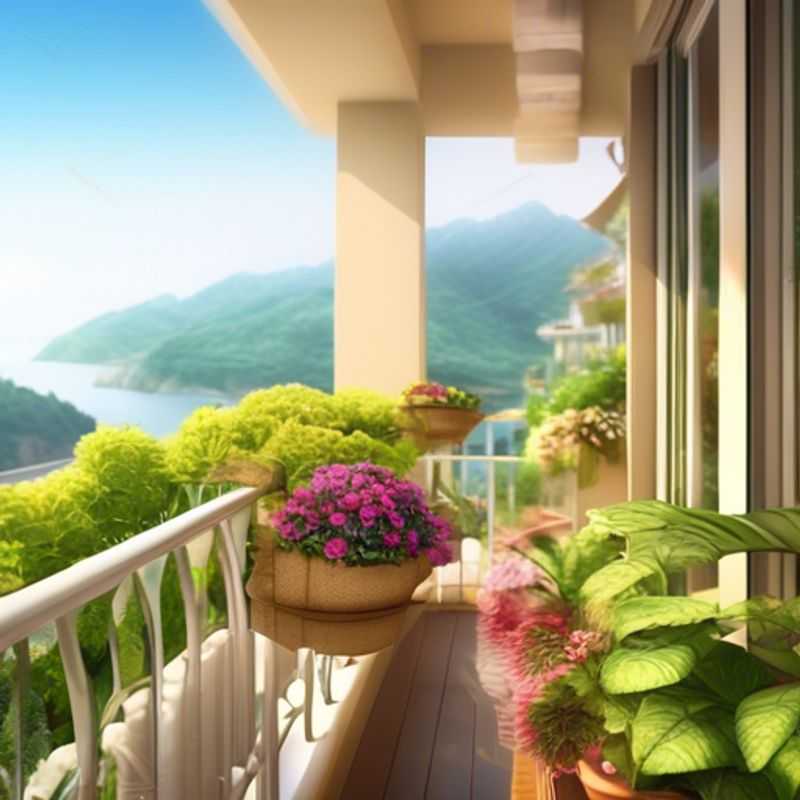
Top Things to Know Before Embarking on Your Balcony Garden Adventure
Balcony gardening is a delightful way to bring nature into your urban space, but it requires some planning and forethought. Here are some key considerations before you embark on your green adventure:
Determine the amount of sunlight your balcony receives throughout the day. This is crucial for selecting the right plants. Some thrive in full sun, while others prefer partial shade. Pay close attention to the sun's path, noting the hours of direct sunlight your balcony gets. I learned this the hard way!
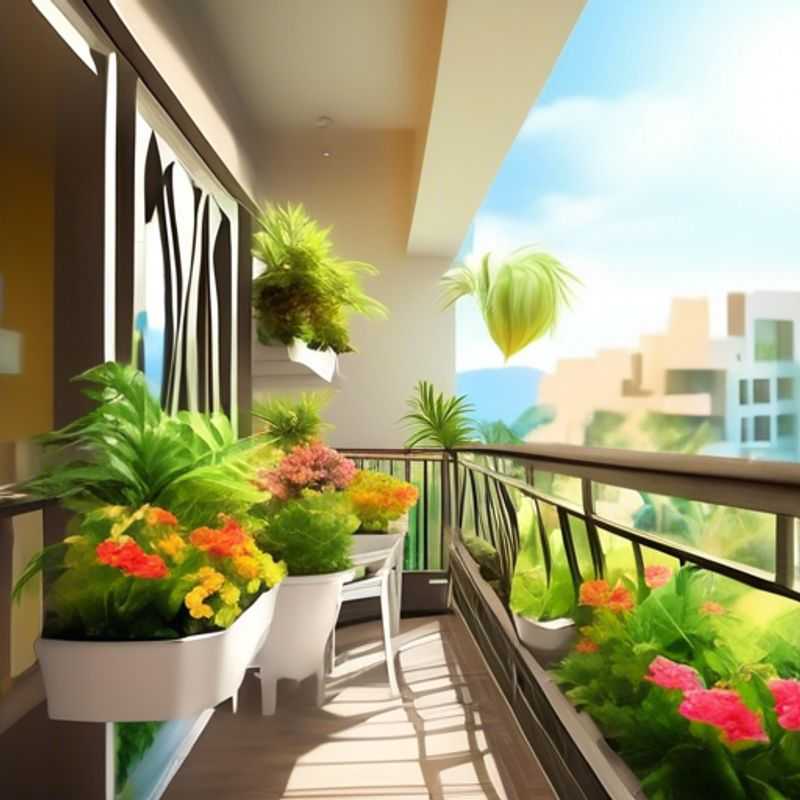
Sun-Kissed Balconies: How to Determine Sunlight Exposure Throughout the Day
To determine the amount of sunlight your balcony receives throughout the day, you can employ a few simple methods. A visual assessment is a good starting point. Observe the balcony at different times of the day, noting the sun's position and the shadows cast. Consider factors like the presence of nearby buildings or trees that might obstruct sunlight. If you want a more precise understanding, you can use a sun path app or website, which allows you to input your balcony's location and visualize the sun's trajectory throughout the day. These tools often incorporate factors like building heights and tree cover to provide a more realistic estimation of sunlight exposure. Keep in mind that these tools are based on average conditions and may not account for cloud cover or other environmental factors that can affect actual sunlight levels. If you're planning a major landscaping project or construction involving your balcony, consulting a professional architectural or landscaping firm is recommended. They can conduct a thorough analysis and provide accurate predictions of sunlight patterns, taking into account site-specific factors and long-term changes in sun angles throughout the year.
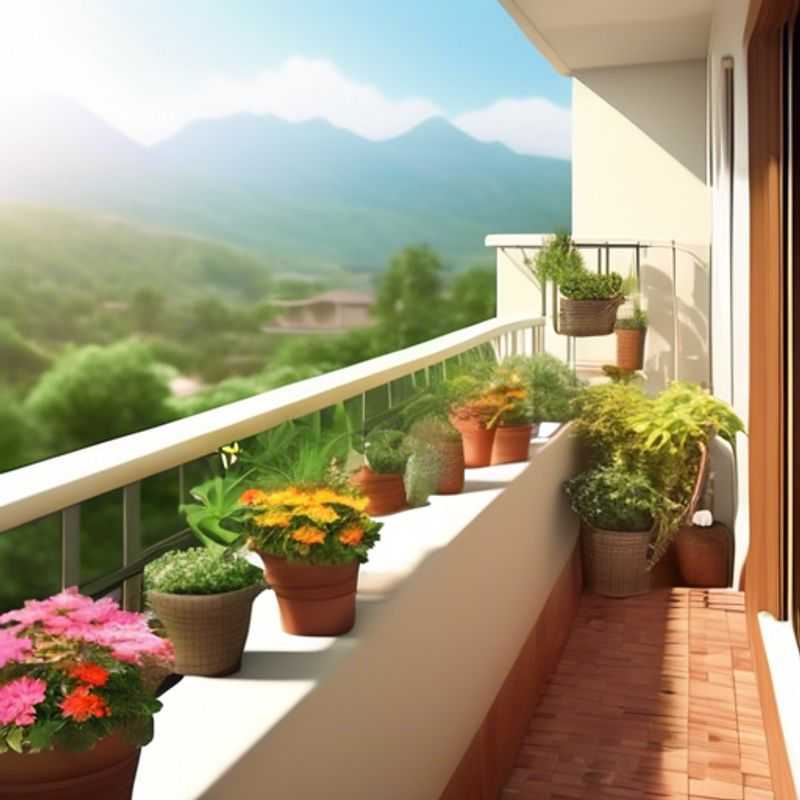
Matching Plants to Your Space: Light, Location, and Growth Habits
Choosing the right plants for your space is crucial for their health and your enjoyment. It all starts with understanding their needs for light and space.
Light conditions play a key role. Plants thrive in specific light levels: direct sun, partial shade, or full shade. Matching a plant's light preference to your available light is vital. For example, a succulent might enjoy your sunny windowsill, while a fern would thrive in a shadier corner.
Space is equally important. Think about the plant's mature size. A small seedling might look adorable now, but it could outgrow its pot and require more space as it matures. Consider the plant's root system; some plants are more compact, while others have sprawling roots.
By carefully matching plant needs with your available conditions, you'll set the stage for thriving greenery, creating a welcoming and healthy environment. Remember, further information on specific plant needs is readily available online.
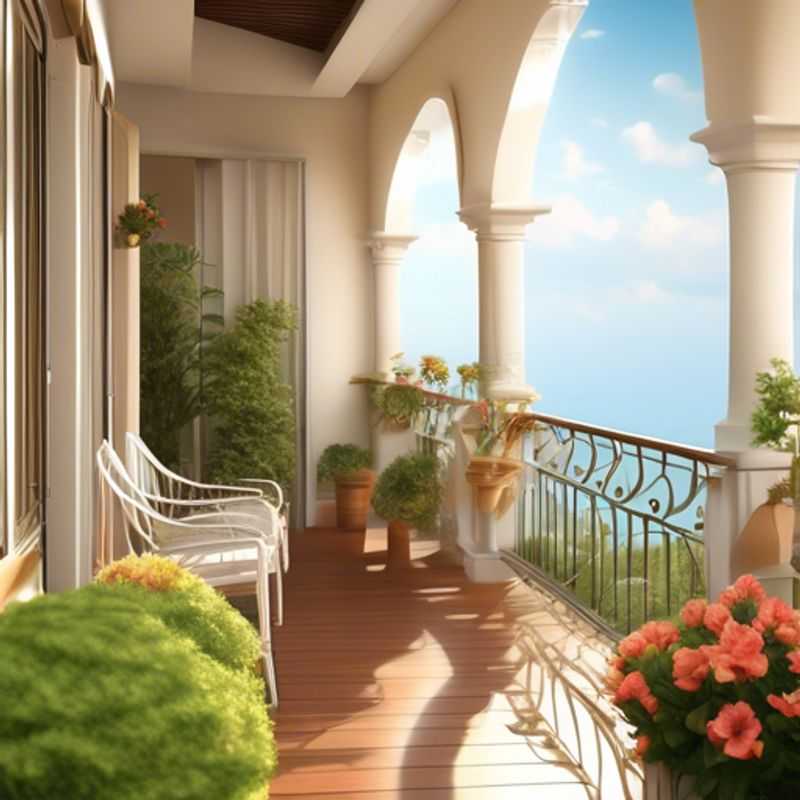
Balcony Gardening: Don't Forget the Weight Capacity
Before you start building your green oasis on your balcony, consider the weight capacity of the structure itself. Balconies are often built to withstand a certain amount of weight, and exceeding that limit can be dangerous. This is especially important when selecting containers and soil for your plants.
Large, heavy containers filled with soil can add up quickly. If you're unsure about your balcony's weight limit, check with your building management or consult a structural engineer. They can provide specific guidelines and recommendations.
To estimate the weight of your containers and soil, consider these factors:
- Container size: Larger containers obviously weigh more.
- Material: Clay pots are generally heavier than plastic or terracotta.
- Soil type: Different soil mixes have varying densities. Heavier soils, like clay-based mixes, will weigh more than lighter mixes like peat moss.
- Plant size: Larger plants and mature trees can add considerable weight.
You might need to adjust your plant selection or container choices based on your balcony's weight limit. Choosing lighter materials, smaller containers, and using less dense soil mixes can help manage the overall weight.
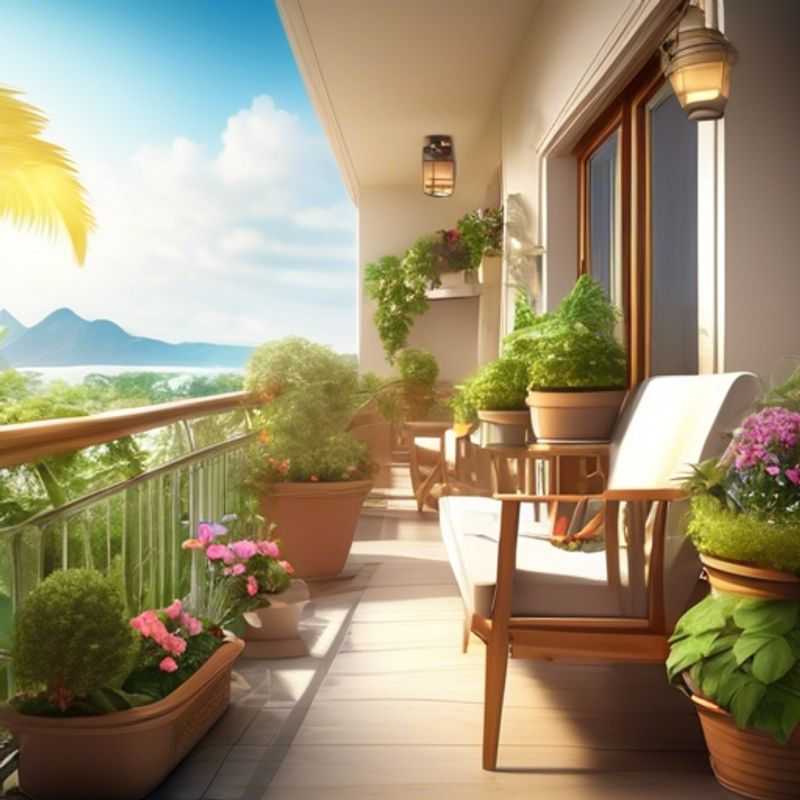
Safety First: Investing in a Sturdy Railing or Fence
A sturdy railing or fence is an essential investment for safety and accident prevention. It's more than just a decorative feature; it's a vital safety measure, especially in areas with potential hazards like staircases, balconies, and elevated platforms.
The primary function of a railing or fence is to provide a physical barrier, preventing falls and accidents. This is particularly crucial for children and older adults who might be more prone to falls. It can be the difference between a minor stumble and a serious injury.
When choosing a railing or fence, consider the following factors:
Material: Opt for durable materials like steel, aluminum, or wood. Wood requires more maintenance, while metal is generally more resistant to weather and wear.
Height: The recommended height for a railing is at least 36 inches, especially in areas with higher fall risks.
Installation: Professional installation ensures the structure is secure and meets safety standards.
The cost of installing a railing or fence varies depending on the materials, size, and complexity of the project. Generally, you can expect to pay between $15-$50 per linear foot. However, this can fluctuate based on local labor costs and design choices.
Always prioritize safety and consider the specific needs of your property and its inhabitants when planning and installing railings or fences. A small investment today can make a significant difference in preventing future accidents and ensuring a safe environment for everyone.
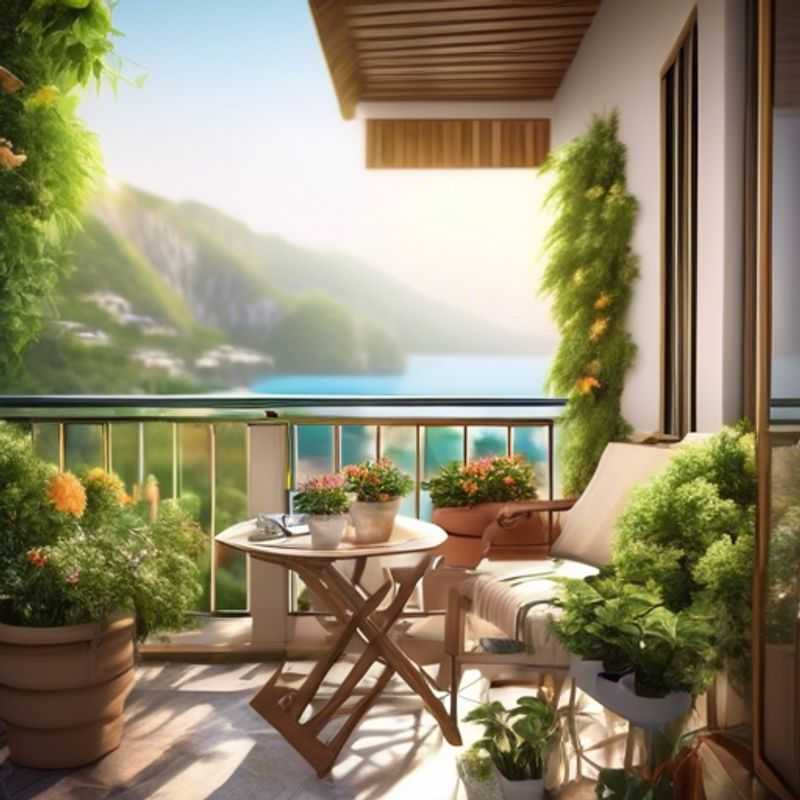
Know Your Plants: Understanding Watering and Maintenance Needs
Understanding your plant's watering and maintenance needs is essential for its survival and thrive. It's like giving your plant a personalized care plan! Every plant has different requirements based on its species and environment. Research is your key to success.
First, identify your plant. What type of plant is it? Knowing the species is crucial. Then, research its natural habitat. Where does it grow in nature? This will give you clues about its preferred light, water, and temperature conditions. Many online resources and plant identification apps can help with this.
Next, learn about its watering needs. Some plants prefer moist soil, while others prefer drier conditions. Look for indicators like the soil texture and leaf appearance. Watering too much can be as harmful as not enough. You can always use a finger test to check the moisture levels in the soil.
Finally, research its maintenance needs. This can include fertilizing, pruning, and pest control. It's important to know how often to fertilize, what type of fertilizer to use, and when to prune. You might also need to learn about common pests and diseases that affect your plant and how to prevent them.
Remember, even with careful research, you'll need to observe your plant and adjust your care routine as needed. Over time, you'll become more familiar with your plant's individual needs and be able to provide the best possible care.
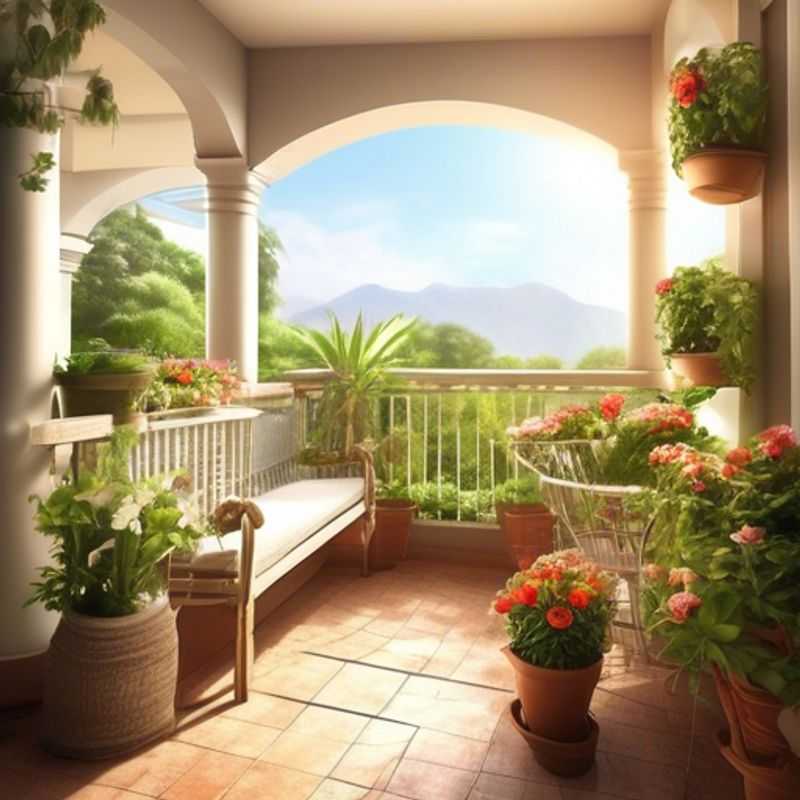
Vertical Gardening: Maximizing Space and Greenery
Vertical gardening is a space-saving solution for growing plants in limited areas. It involves growing plants upwards, utilizing walls, fences, and other vertical surfaces. This technique is perfect for urban dwellers, small balconies, or any location where space is at a premium.
There are numerous ways to incorporate vertical gardening: Hanging baskets, wall-mounted planters, and trellises are popular choices. Each method offers unique advantages based on the available space and desired plant type.
Choosing the right plants is crucial. Vining plants like tomatoes, cucumbers, and strawberries thrive in vertical gardens. Herbs, leafy greens, and flowers also grow well in these systems. Consider the plants' growth habits and sunlight requirements when planning your vertical garden.
While vertical gardening is often cost-effective, there are associated costs depending on the chosen method. Purchasing planters, trellises, or specialized vertical garden systems can involve initial expenses. Additionally, you may need to invest in soil, fertilizers, and irrigation systems. Proper planning and budget allocation are essential for a successful vertical garden.
Vertical gardening offers many benefits: It maximizes space, adds visual appeal to an area, and reduces the need for extensive soil preparation. Furthermore, it can enhance biodiversity in urban settings and encourage sustainable practices. The initial setup might require some effort, but the rewards of fresh, homegrown produce and a visually stunning garden are well worth it.
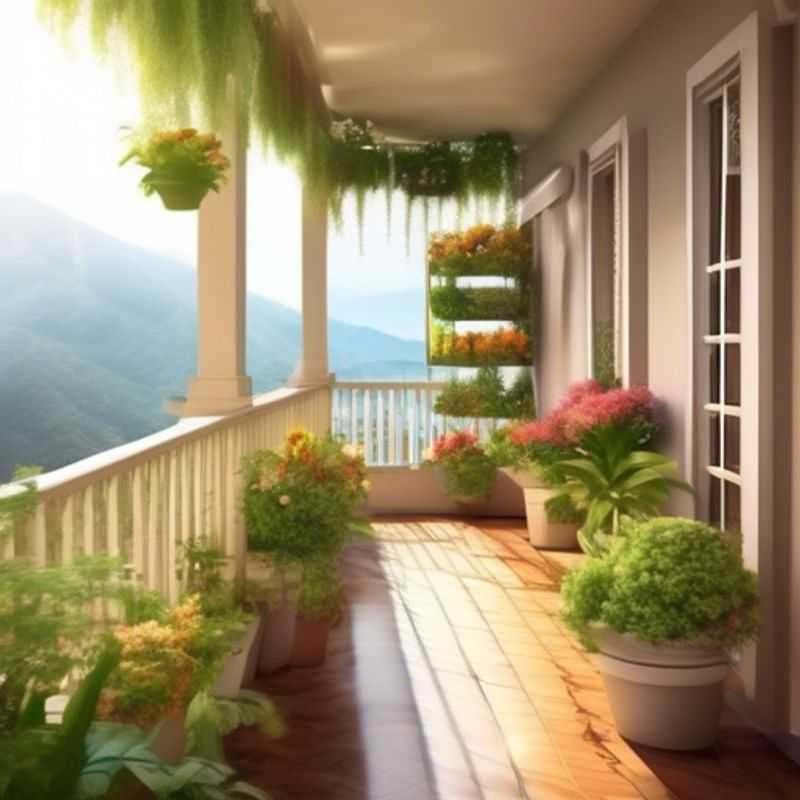
Shielding Your Garden: Protecting Plants from Wind and Weather with Covers
Protecting your plants from wind and harsh weather conditions is crucial for their survival and well-being. Wind and weather can cause damage to plants, such as broken branches, leaf damage, and even root disturbance.
Using appropriate covers can be an effective way to safeguard your plants. Common cover options include burlap, frost blankets, and wind screens. These covers create a barrier against wind, cold temperatures, and excessive sunlight.
For frost protection, frost blankets are especially useful. They are lightweight, breathable, and allow some sunlight to reach the plants. When selecting a cover, consider the size of your plants and the severity of the expected weather conditions.
It's essential to install the covers correctly to ensure maximum protection. Secure the covers firmly to prevent them from being blown away. Be sure to remove covers during the day when temperatures are warmer and sunlight is available.
